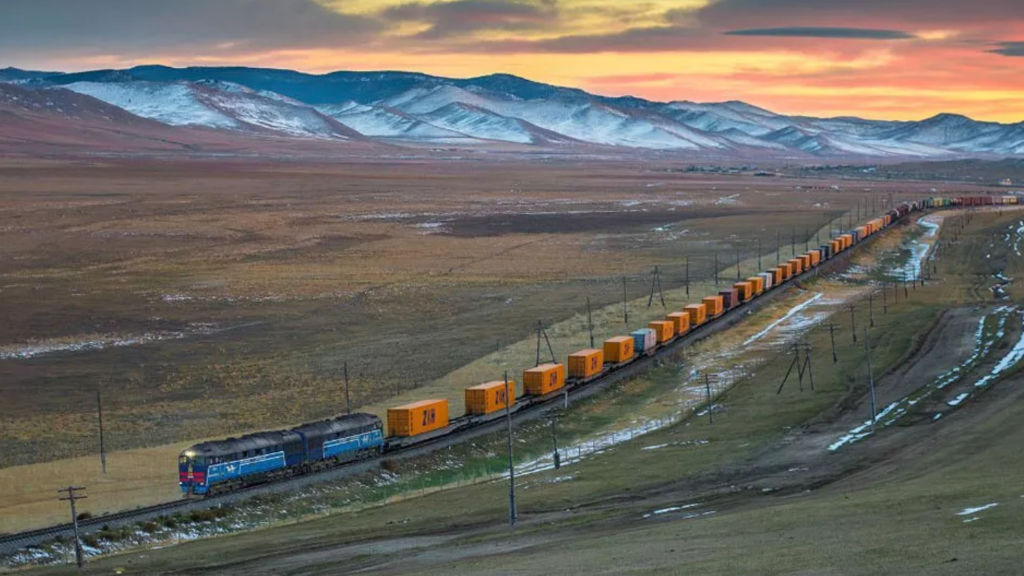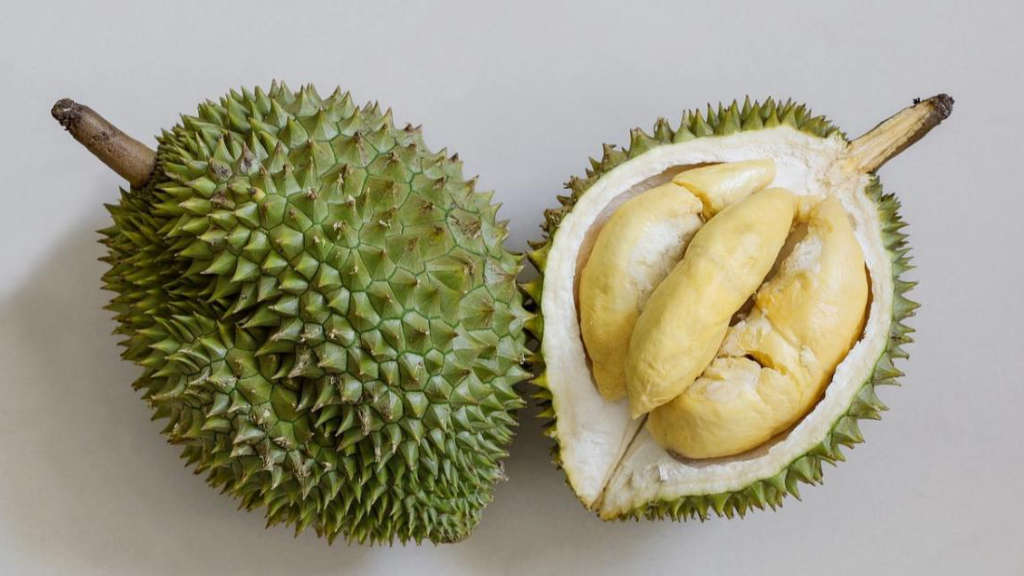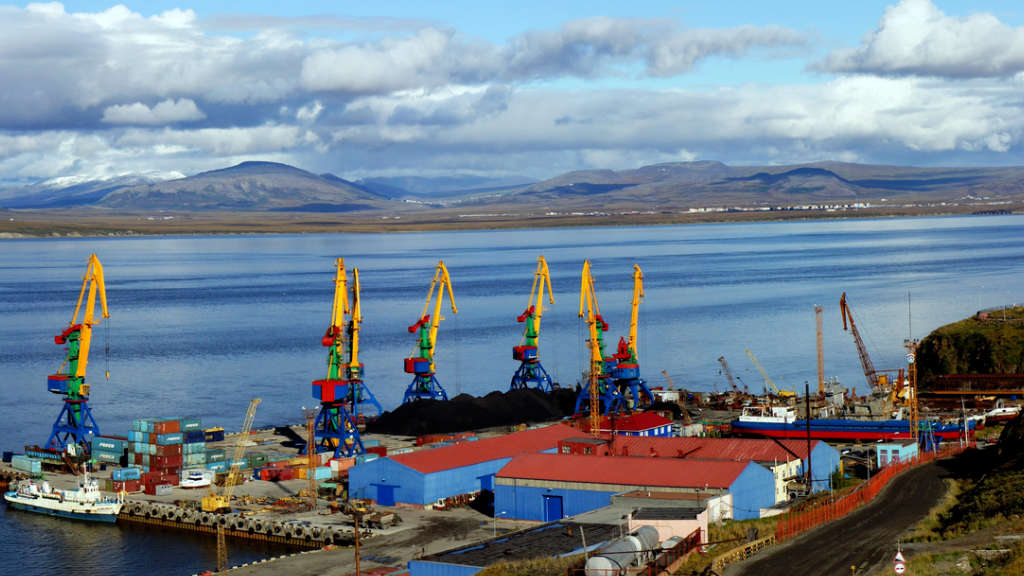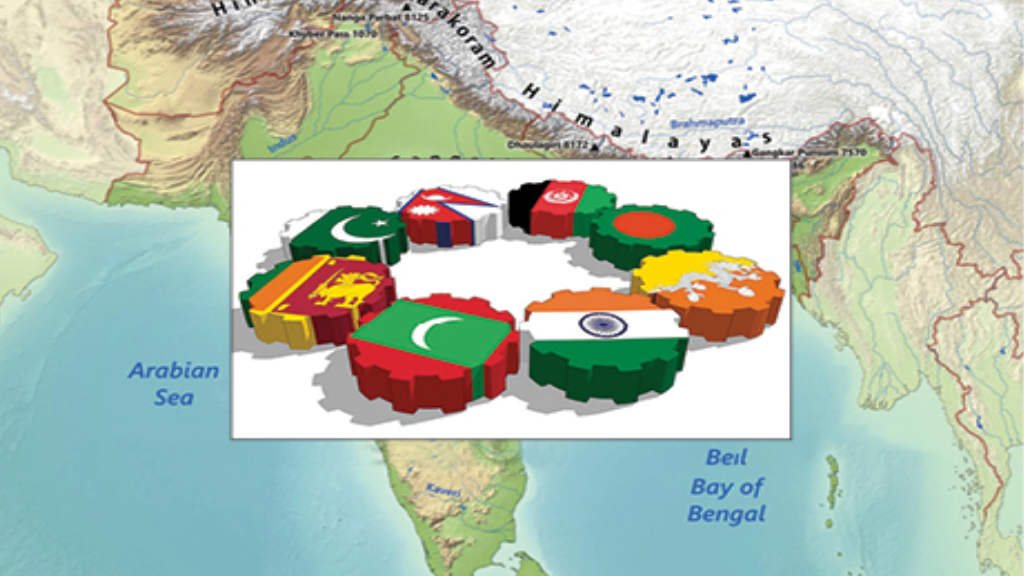Rail freight from China to Europe continues to rely heavily on transit through Russia, however the EU’s own sanctions, and especially new counter-sanctions imposed by the Kremlin, continue to create significant obstacles. For example, Italian logistics firms and importers have been complaining that containers following the China-Europe rail route have been stopping in Russia in recent weeks, awaiting inspection to make sure they do not contain cargo included in the list of goods embargoed in Russia for delivery to Europe.
When the EU prohibited the export of various products to Russia, Moscow replied in kind, and continues to do so whenever a new round of sanctions are issued against it. Illustrating this, Russia recently updated the list of sanctioned goods in the annex to the federal decree issued by Moscow on October 15. These new sanctions mainly relate to wood and textile products.
According to Italian shippers, because of these amendments, some of their cargoes were included in the list of dual-use goods, the transit of which through Russia is prohibited or can only be allowed under special conditions.
However, according to the Federal Customs Service of Russia, although there have been multiple cases of additional checks of transit goods delivered from China with a final destination to the EU, these are not problematic. Most of the goods that have become the subject of additional checks have already received the green light for further delivery beyond the customs border of Russia.
The Federal Customs Service says that “Russia continues to transit rail cargo through its territory in a standard mode without additional checks in cases that are not related to the need for such checks.”
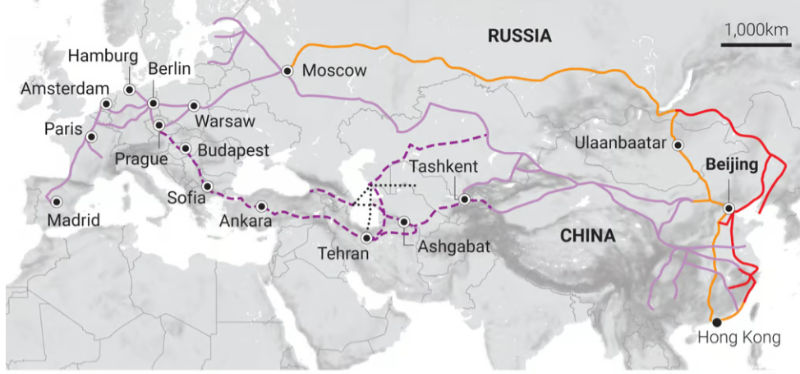
During 2024, the supply of containerized goods by rail on the China-EU route is now recovering following two years of stagnation. According to the Russian Ministry of Transport, during 2024, growth along the China-Russia-European route has increased by 35% over 2023. There is a strong probability that by the end of the year, Chinese rail freight to Europe via Russia will reach pre-Ukraine conflict volumes of about 400,000 TEU.
One of the reasons for this is the instability in the Red Sea with the constant threat of anti-Western attacks from Houthi rebels in Yemen. Because of this, shippers are now paying attention to the trans-Russian corridor. After the Houthi attacks began in the Red Sea, the number of rail transits through Russia to the EU increased by 40%.
There are also time and cost considerations. According to Russian Railways, the speed of cargo delivery from the borders of China to the borders of the EU via Russia is 5-7 days, which is three to five times faster than the alternative Suez route.
In addition, with the disruption of flight schedules on one of the main trade routes between Asia and Europe, and the banning of European aircraft from flying over Russian territory, transit by Russian railways has become the optimal solution.
Rail transit via Russia still remains more convenient than other routes. Although the volume of trade between China and the EU is growing, the alternative Middle Corridor (TITR, via the Caspian Sea) does not yet have the necessary infrastructure capable of handling the required volumes, and using these routes costs shippers up 30% more.
Considering that prices for rail transportation from China to Europe have always been 1.5-2 times higher than rates for sea transportation, the main cargoes in this direction are electronics, cars, auto parts, equipment and other goods for which transit time is crucial. For rail transport, it takes an average of 12-25 days instead of 40-60 days by sea. Analysts also note that most consumer goods are not subject to sanctions and counter-sanctions, meaning direct routes from China to Europe via Russia continue to remain the most beneficial routing for the EU – despite sanctions.
Further Reading
Is European Myopia Towards Russia Damaging Its Ability To Recover Its Economies?

